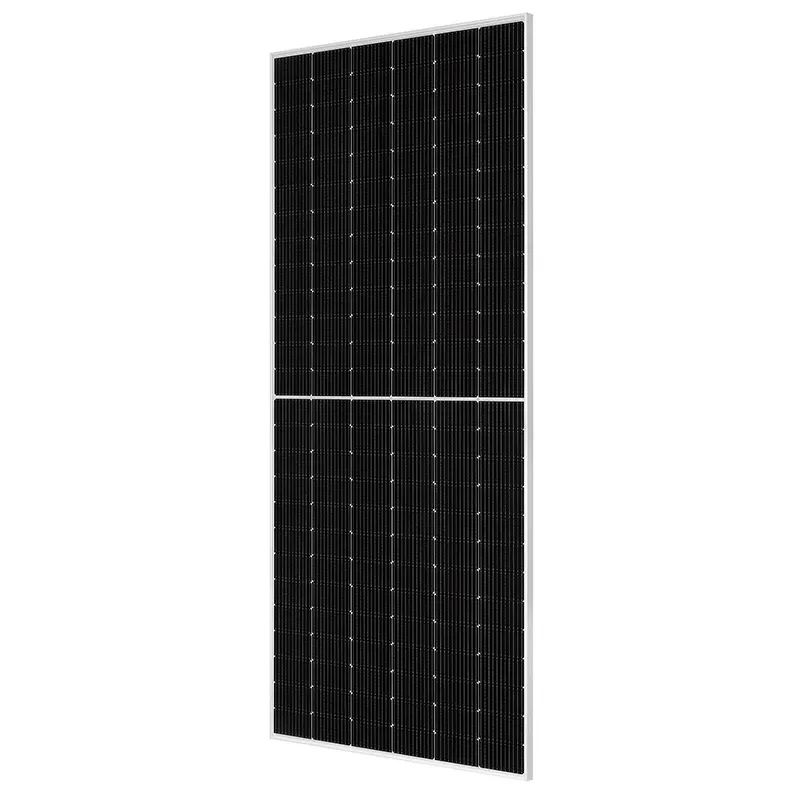understanding solar panel specs
Understanding Solar Panel Specs A Guide to Making Informed Decisions
As the world increasingly turns towards sustainable energy solutions, solar panels have become a popular choice for both residential and commercial electricity generation. However, selecting the right solar panel can be a daunting task due to the various specifications and terms involved. Understanding these solar panel specs is crucial for making informed decisions that maximize efficiency and cost-effectiveness.
Key Specifications to Consider
1. Wattage
Wattage, measured in watts (W), indicates the amount of power a solar panel can produce under standard test conditions (STC). Higher wattage panels generate more electricity, which can reduce the number of panels needed for a given power output. For example, a 300W panel will produce more power than a 250W panel under the same conditions. When evaluating wattage, consider your energy needs to determine the appropriate size of the solar system.
2. Efficiency
Solar panel efficiency measures how much sunlight the panel can convert into usable electricity. This percentage indicates the panel's capability to convert incoming solar energy. Typically, residential solar panels range from 15% to 22% efficiency. Higher efficiency panels generate more power in less space, which is particularly beneficial for homes with limited roof area. Look for panels that balance efficiency and cost for the most effective solution.
3. Temperature Coefficient
The temperature coefficient measures how much a solar panel’s output decreases with an increase in temperature. A lower temperature coefficient means the panel will perform better in high heat conditions. This is important if you live in a hot climate where temperatures can significantly affect solar performance. Panels with a temperature coefficient of -0.3%/°C or lower are generally considered to have good thermal performance.
4. Durability and Warranty
understanding solar panel specs

Solar panels are a long-term investment, so it’s essential to consider their durability. Most reputable manufacturers offer warranties of 25 years or more, which typically guarantees that the panel will produce a certain percentage of its rated output over that time. Additionally, check the materials used in construction. Panels made with durable materials like tempered glass and strong frames tend to withstand adverse weather conditions better.
There are mainly three types of solar panels monocrystalline, polycrystalline, and thin-film.
- Monocrystalline panels are known for their high efficiency and sleek appearance. They are made from a single crystal structure, making them space-efficient. - Polycrystalline panels are made from multiple silicon crystals and are generally less expensive but slightly less efficient than monocrystalline panels. - Thin-film panels are lightweight and flexible, making them easy to install on various surfaces. However, they typically have lower efficiency ratings and may require more space.
Choosing the right type of panel depends on various factors, including budget, space, and aesthetic preference.
6. Performance Ratio (PR)
Performance Ratio is a critical metric that measures a solar power system's efficiency compared to its maximum potential output. It takes into account losses due to various factors such as temperature, shading, and system inefficiencies. A higher PR indicates better overall performance and reliability. When comparing solar systems, a PR of 75% or higher is generally an excellent benchmark.
Conclusion
Understanding solar panel specifications is vital for making informed choices in the transition to solar energy. By focusing on key specs like wattage, efficiency, temperature coefficient, durability, panel type, and performance ratio, consumers can better assess their options. Each metric plays a crucial role in determining the suitability of a solar panel for individual needs and local conditions.
As solar technology continues to advance, staying informed about the specifications and developments in the industry will help homeowners and businesses make decisions that align with their energy goals. The investment in solar energy not only contributes to environmental sustainability but also offers long-term financial benefits, making it a worthwhile endeavor as energy demands grow. Ultimately, diligent research and understanding of solar panel specs can pave the way for a successful transition to renewable energy.
-
String Solar Inverter: The High-Efficiency Solution for Smart Solar EnergyNewsJul.14,2025
-
Revolutionizing Rooftop Energy with the Power of the Micro Solar InverterNewsJul.14,2025
-
Power Independence with Smart Off Grid Solar Inverter SolutionsNewsJul.14,2025
-
On Grid Solar Inverter: Powering the Future with Smart Grid IntegrationNewsJul.14,2025
-
Monocrystalline Solar Panels: High-Efficiency Power for the Future of Clean EnergyNewsJul.14,2025
-
Bifacial Solar Panel: A Smarter Investment for Next-Generation Energy SystemsNewsJul.14,2025







